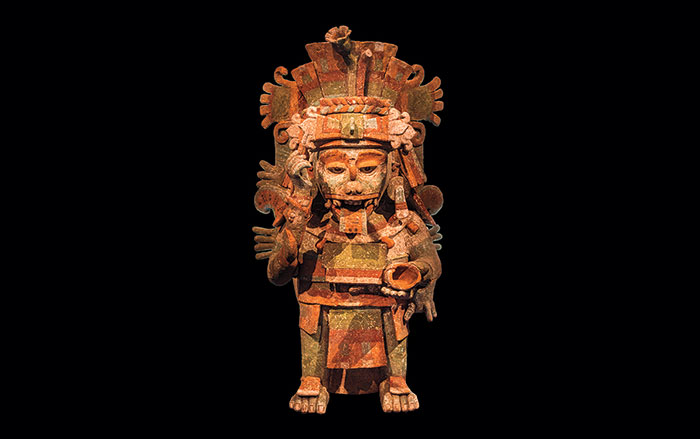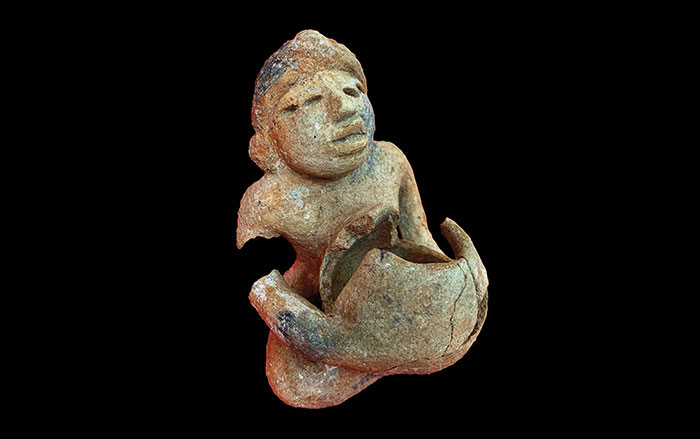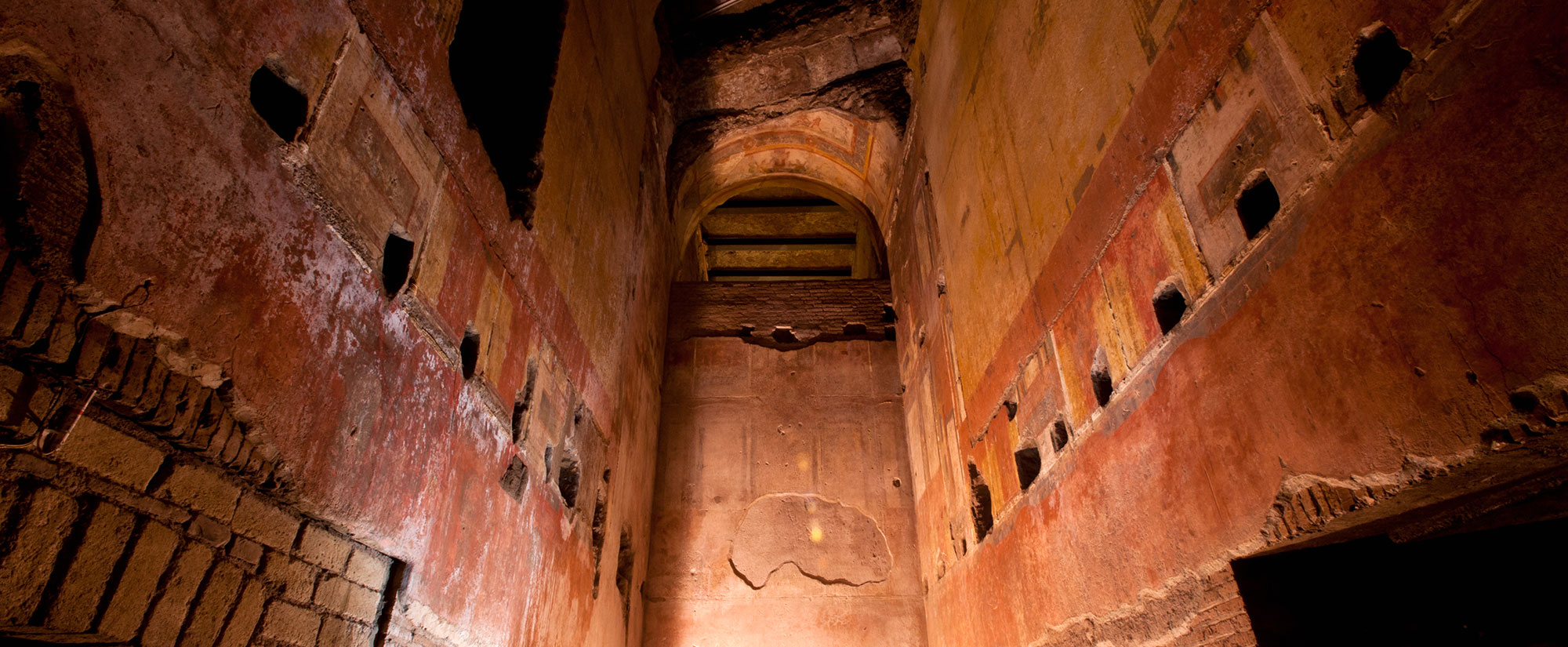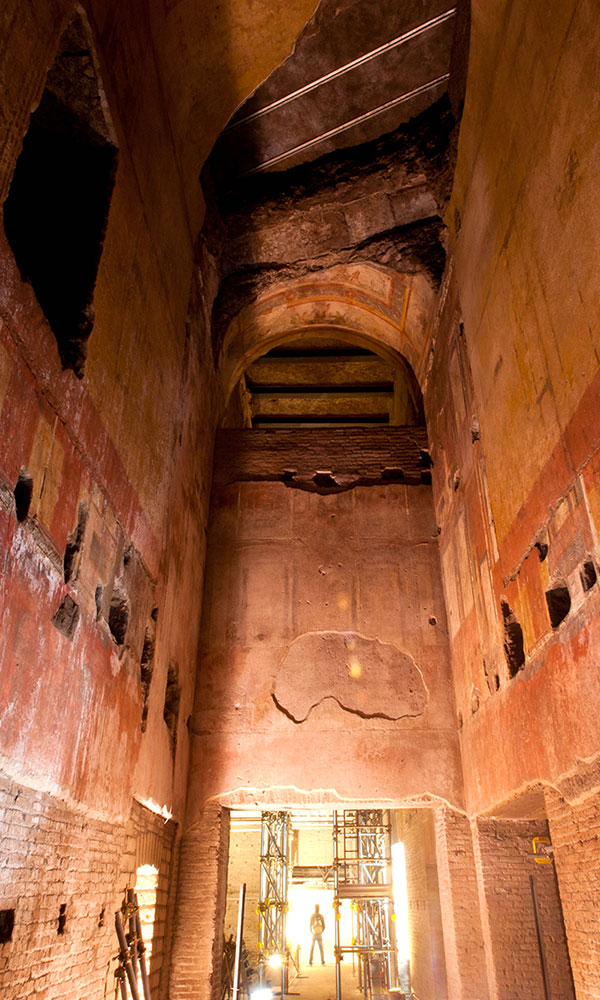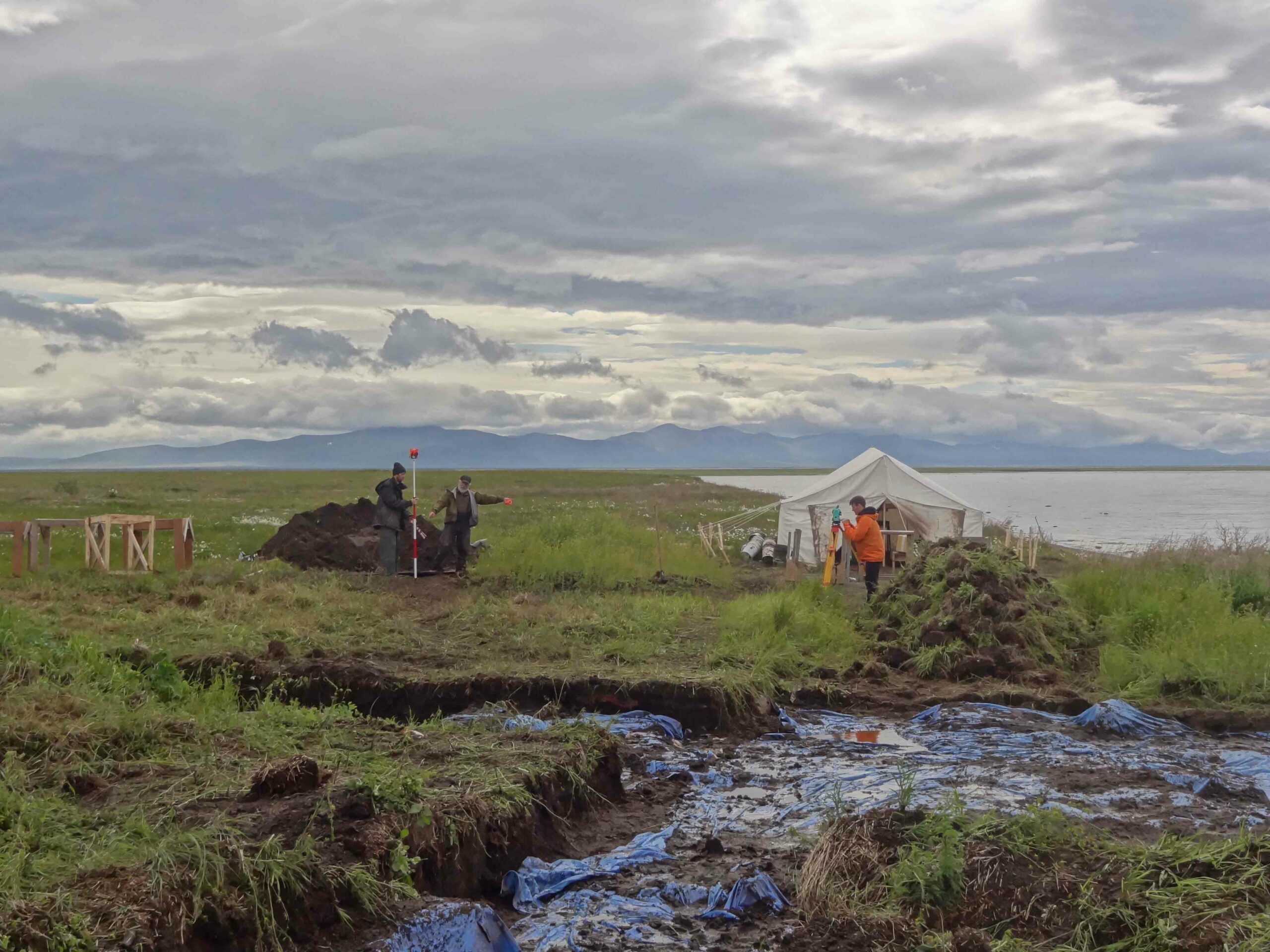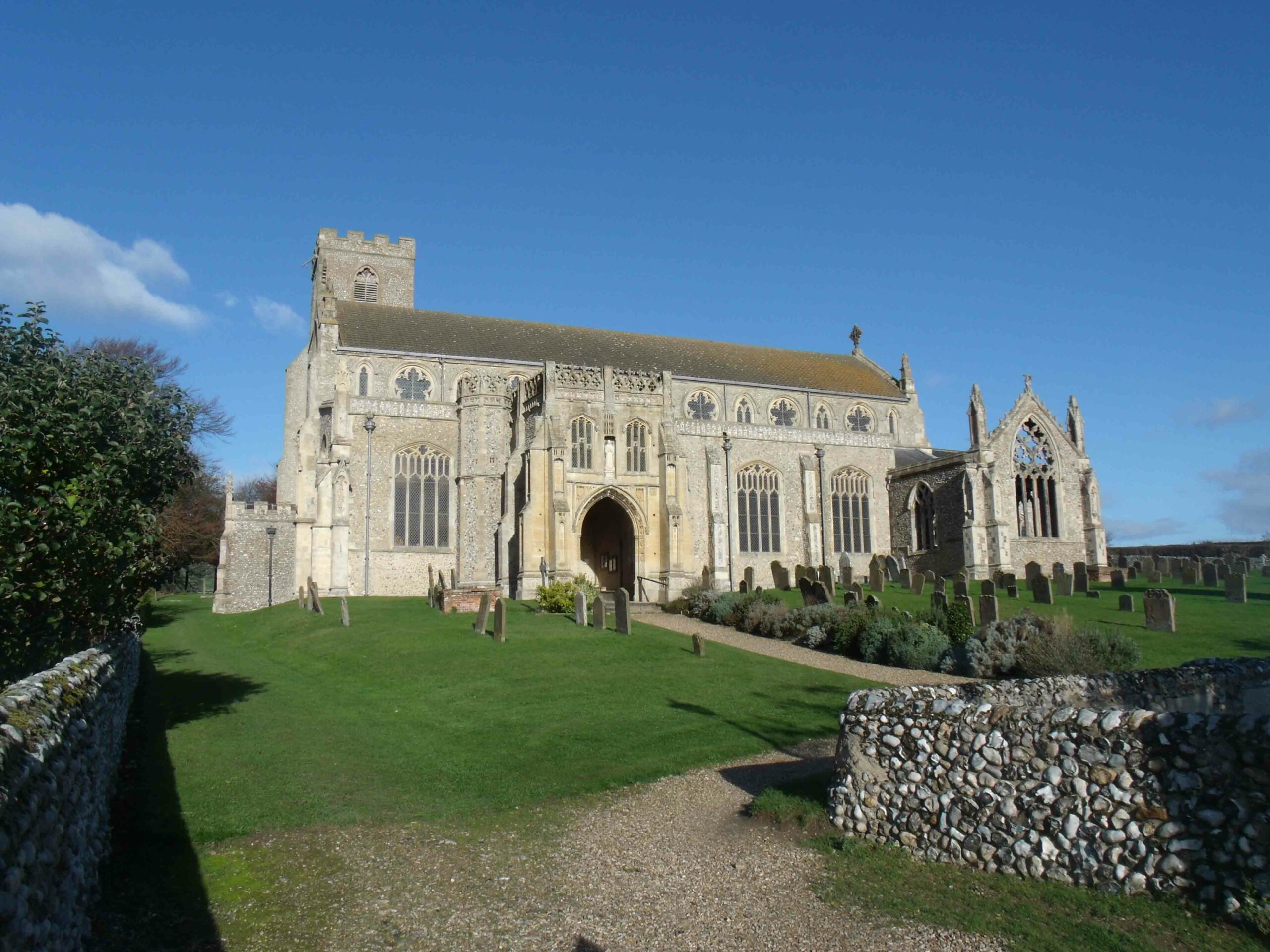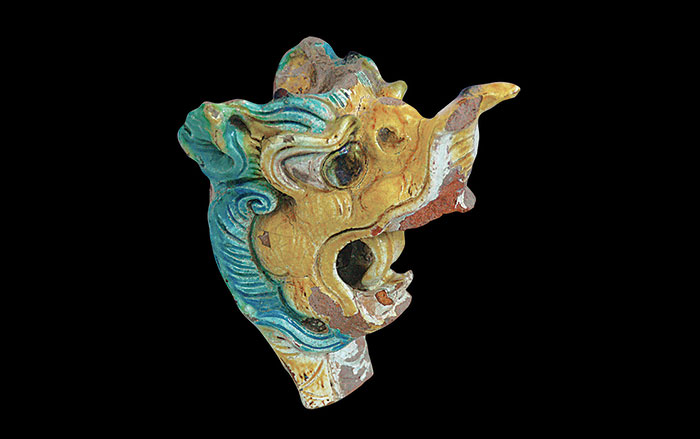
CARBONDALE, ILLINOIS—Live Science reports that human blood was found on two out of the 108 obsidian arrowheads from five Maya sites in the central Petén region of Guatemala studied by Prudence Rice and Nathan Meissner of the Center for Archaeological Investigations at Southern Illinois University. All of the arrowheads date to between A.D. 1400 and 1700. One of the arrowheads with human blood on it came from a temple at the site of Zacpetén, and may have involved the cutting of earlobes, tongues, or genitals. “The general consensus [among scholars] is that bloodletting was ‘feeding’ the gods with the human essential life force,” Rice explained. The second arrowhead with human blood on it came from a house near a fortification wall at Zacpetén. It may have wounded someone before it was removed and discarded. Blood from rodents, birds, rabbits, and large cats was found on more than 20 other arrowheads in the study. To read about the discovery of a Maya king's tomb, go to "Tomb of the Vulture Lord."




